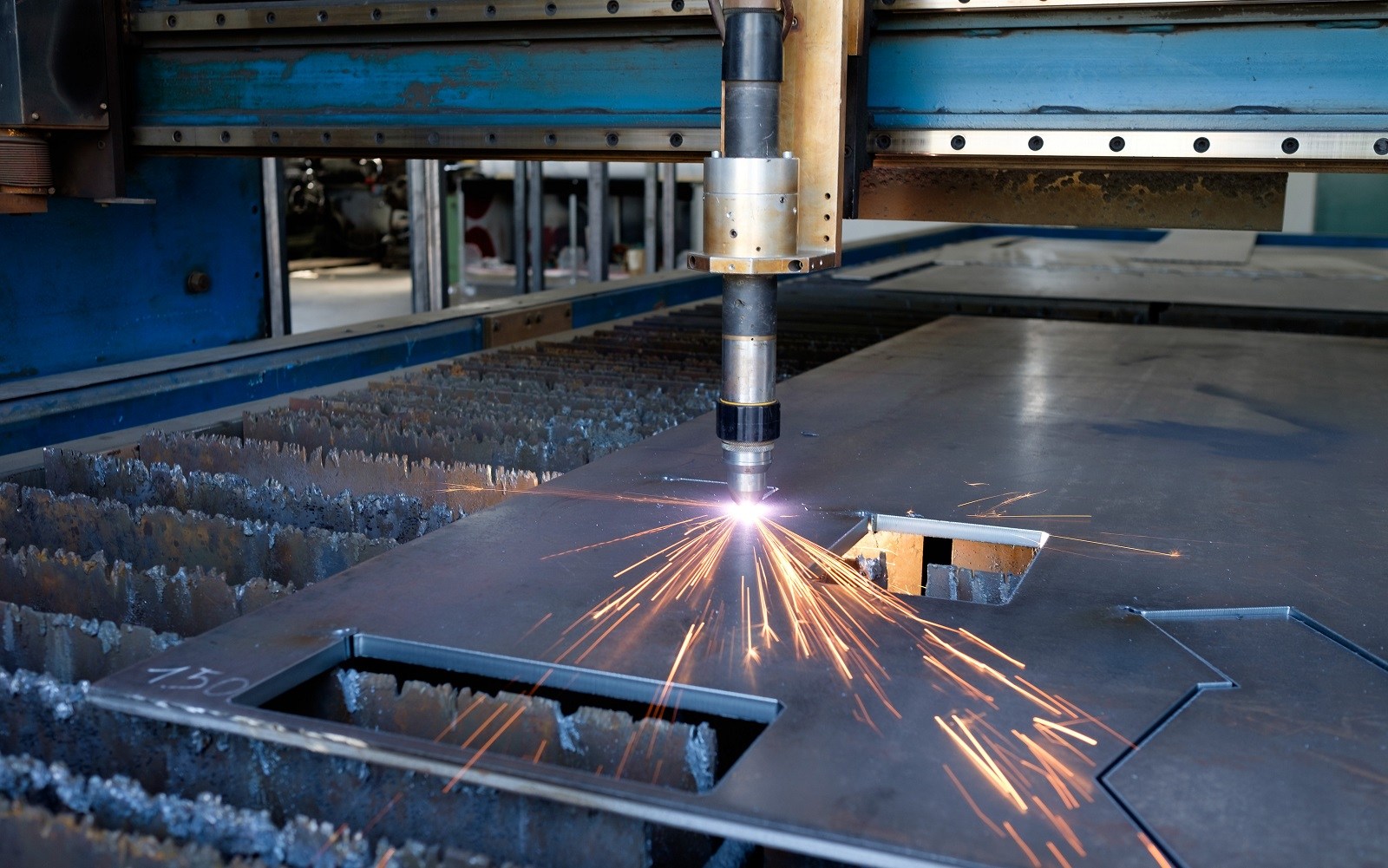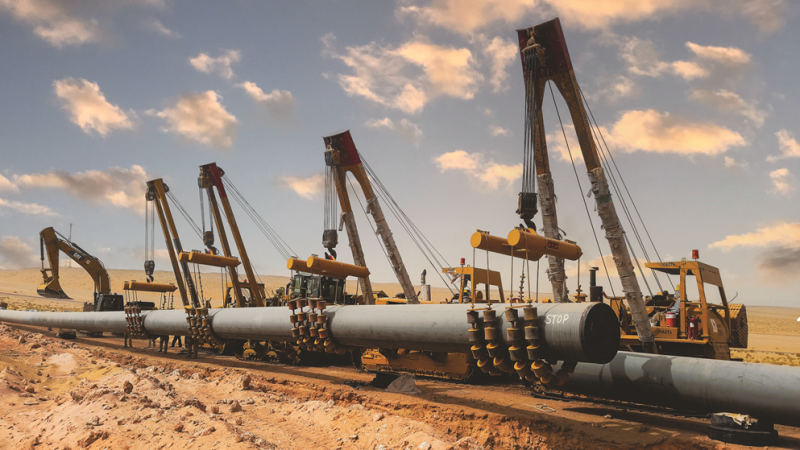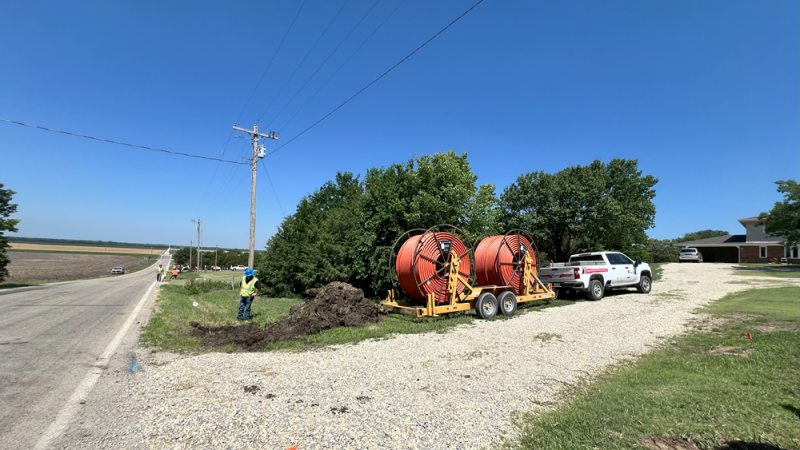Understanding the science behind a plasma cutter will help you make an informed decision.
What is Plasma Cutting?
Plasma cutting uses a high-velocity stream of ionized gas electrically charged to cut through materials such as steel, aluminum, and copper. To understand how plasma cutting works, it’s a fourth state of matter, alongside solid, liquid, and gas. In the plasma state, atoms are stripped of their electrons, creating a highly ionized gas. When directed through a nozzle and out of a cutting torch, it establishes a high-energy plasma stream.
Plasma cutting has several advantages, such as precision, speed, and the ability to cut through thicker materials than traditional cutting methods. However, it also has some downsides, like cost, the need for a higher skill level, and the production of harmful fumes.
Overall, plasma cutting is a powerful and precise method that can be used for many materials and applications. Understanding the science behind plasma cutting will help you make an informed decision about the right choice for your project.
Factors to Consider When Choosing a Plasma Cutter
When choosing a plasma cutter, there are several important factors to consider to ensure that you select the right one for your specific needs. These include the type of power source, the thickness and type of material you will be cutting, and the machine’s duty cycle and cutting speed.
Type of power source: AC, DC, and inverter. AC-powered plasma cutters are the most common and suitable for cutting applications. DC-powered plasma cutters are typically used for cutting aluminum and non-ferrous metals, while inverter-powered plasma cutters are known for their high cutting speeds and precision.
The thickness and type of material you will be cutting are other important considerations when choosing a plasma cutter. Different plasma cutters are designed to cut through various thicknesses of materials, so it’s crucial to select a machine capable of cutting through the thickness of the material you will be working with. Different plasma cutters are also suited to varying types of materials, so selecting one compatible with the type of material you will be cutting is crucial.
The plasma cutter’s duty cycle and cutting speed are also essential factors. The duty cycle is when the plasma cutter can be used before it needs to be shut down for cooling, and the cutting speed is how fast the machine can cut through the material. Both of these factors will play a role in determining how efficiently and effectively the plasma cutter can perform.
It’s also worth considering other plasma cutter features, such as size, weight, and portability, especially if you plan to use the cutter on a plasma table or in a mobile setting.
Considering these factors, you can select the plasma cutter best suited to your specific needs and help you achieve the best cutting results.
Understanding and Maintaining Plasma Cutter Consumables
The consumable parts of the plasma cutter, such as the electrodes, nozzles, and shield caps, play a crucial role in the cutting process. These parts maintain the arc and direct the plasma stream to the workpiece. They will eventually wear out and need to be replaced.
It’s essential to consider the lifespan of consumables when choosing a plasma cutter. Some consumables may have a longer lifespan than others, saving you time and money in the long run. Additionally, it’s essential to ensure that replacement consumables are readily available and reasonably priced.
To extend the lifespan of consumables, it’s important to follow the manufacturer’s recommendations for usage and maintenance. This may include proper cleaning and storing of the consumables to prevent damage or wear.
By considering the lifespan and availability of consumables, you can help ensure that your plasma cutter remains in good working condition and continues to produce high-quality cuts over a more extended period of time.
In conclusion, understanding the science behind plasma cutting and considering important factors such as power source, material, duty cycle, cutting speed, and consumables when choosing a plasma cutter will help you select the right one for your specific needs. Plasma cutting is a popular method for cutting metal, but it can be challenging to know which plasma cutter is suitable for your project. Understanding the science behind plasma cutting will help you make an informed decision.







